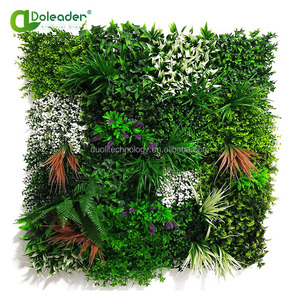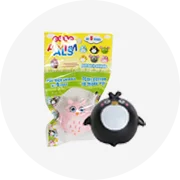Exploring Alibaba.com reveals a diverse range of sustainable plant-based materials suitable for businesses aiming to enhance their eco-friendly practices. Among these, bioplastics stand out, crafted from renewable resources like cornstarch, sugarcane, and other plant fibers, offering a compostable alternative to traditional plastics. These materials decompose within months, reducing environmental impact.
Paper alternatives, another sustainable choice available on the platform, range from cardboard to special paper wraps, suitable for packaging needs while supporting recycling efforts. For more robust requirements, bamboo-based packaging options present a sturdy and renewable solution, with the added benefit of being aesthetically pleasing.
Biodegradable packing peanuts made from plant starches provide a non-toxic and water-soluble option for protecting shipped goods. Glass packaging, also found on Alibaba.com, offers a recyclable and reusable choice, though it requires careful handling. Cork, celebrated for its regenerative harvesting and carbon dioxide absorption, is available for various container types.
Lastly, the marketplace showcases products made from recycled materials, contributing to the reduction of single-use plastic waste. These materials, while not the pinnacle of sustainability, play a role in the circular economy by giving new life to previously used resources.












































 浙公网安备 33010002000092号
浙公网安备 33010002000092号 浙B2-20120091-4
浙B2-20120091-4